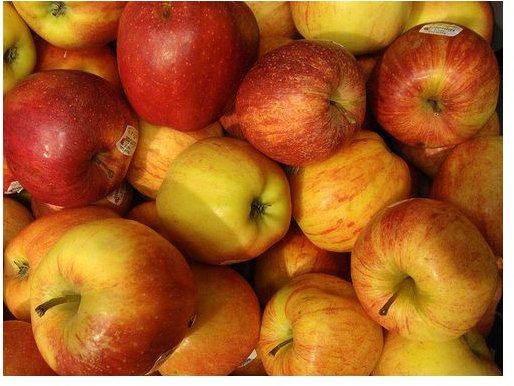Exactly How Nutritional Are School Lunches?
School Lunches
Are kids getting the nutrition they need when they eat lunches provided by the school? Are bagged lunches a better alternative? Thanks to the National School Lunch Program, which was established in 1946, the public school system provides balanced meals to 30 million students a day. Lunches are provided for free or at a reduced price for families who are within or below the poverty level, allowing all children access to a healthy meal. But, exactly how high are the standards for kids’ nutrition? Just how nutritional are school lunches?
National Standards
Nutritional standards for school lunches have improved over the years with the most recent improvement in 1995. Decades ago efforts were made to make sure nutritional deficiencies and malnourishment was addressed. School lunches provided kids a decent meal in the middle of the day. Updates made in 1980 and 1995 focused on national Dietary Guidelines for Americans that were established, including the need to eat a certain number of servings from each food group and the need to balance fats, proteins and carbohydrates.
School lunches meet these requirements, but are these standards high enough? 1995 Dietary Guidelines include recommendations on eating
a diet with moderate levels of sugar, salt and saturated fat, eating a variety of grains, fruits and vegetables, and using variety to meet recommended daily allowances for key nutrients, including calcium, iron and vitamin A. The 1995 Food Guide Pyramid and the standards and guidelines set in 1995 have been improved upon by the USDA every five years. While school lunches focus on serving a variety of food groups and limiting sugar, salt and saturated fat intake, raising national school lunch standards could certainly benefit children.
Is This Enough?
While school lunches do adhere to nutritional standards, these standards are outdated and could be improved for the benefit of the children eating the lunches. According to the School Nutrition Association there has been talk, investigations and proposals set forth to improve the nutritional value of school lunches. Today the prominent health issues for children are childhood obesity and diabetes. The plan proposed by the Obama Administration would make more fruits, vegetables, whole grains, and fat-free or low-fat milks available for kids.
What’s Better, School Meals or Bagged Lunches?
While meals provided by the public school system are certainly adequate they are not excellent. In order to provide the best nutritional experience for your children, encourage them to choose healthy items from a variety of food groups when eating school lunches. You can also send them to school with bagged lunches, allowing you to make sure they are getting the nutrition that they need from fruits, vegetables, whole grains, nuts, seeds, dairy products and healthy protein sources.
How nutritional are school lunches? Considering the difficulties of providing a healthy meal for thirty million children each day with limited financial resources, the national school lunch program does provide an invaluable service to the public. As good nutrition and eating habits are essential for the well-being of students, setting higher nutritional standards would certainly be a good idea.
References
Kids Health, https://kidshealth.org/parent/nutrition_center/healthy_eating/lunch.html
USDA, https://www.fns.usda.gov/cnd/
USDA 1995 Dietary Guidelines for Americans, Consumer Brochure
School Nutrition Association, https://www.schoolnutrition.org/Content.aspx?id=8480
“Nutrition Standards and Meal Requirements for National School Lunch and Breakfast Programs.” (The National Academies Press), https://www.nap.edu/openbook.php?record_id=12512&page=R1
photo by Olle Svensson
